Wearable technology is quickly becoming an important part of our daily lives. From wearable fitness trackers and health monitors to wearable video cameras, we are starting to see more devices directly connected to our wearable technology. This post will look at the risks and benefits of wearable technology in hopes of informing you on what to expect from this emerging field.
What is Wearable Technology?
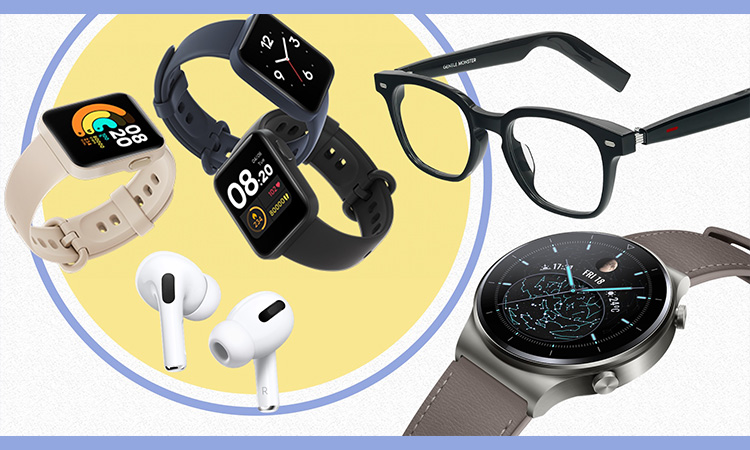
It is primarily designed for use with any electronic device worn on the user’s body. These electronic devices can take any form. Such as jewelry, accessories, and medical devices. The term wearable computing we commonly use in purchasing such devices implies processing. It also means communication capabilities. The complexity of wearable devices may vary for a variety of reasons.
AI hearing aids and Google Glass are the most complex examples of wearable technology. And a relatively simple example is the disposable skin patch with sensors. The disposable skin patch transmits patient data via radio waves to a control device in a medical facility.
Related Reading: The Evolution of the History of Wearable Technology
How does Wearable Technology Work?
How wearable devices work will depend on the category to which the device belongs. These categories can be health, fitness, or entertainment. Wearable technology works by combining a microprocessor, a battery, and an Internet connection. The data it collects can be synchronized with electronic devices such as mobile devices or laptops.
A wearable device has built-in sensors embedded in its body. It can track body movement, provide biometrics and assist the user with location tracking. Some of the more common wearable devices are activity trackers or smartwatches. It monitors the user’s physical activity or vital signs throughout the day in the form of a band that wraps around the user’s wrist.
Wearable devices can be worn on the body or attached to clothing. Some can function even without physical contact with the user. Like a cell phone, smart tag, or computer. As long as the user carries it with them, it can serve the purpose of tracking. Some wearable devices will use remote smart sensors and accelerometers to track the user’s movement and speed. Others will use optical sensors to measure the user’s heart rate or blood sugar levels. The ability to monitor data in real time is an advantage of these wearable technologies and a common factor.
Wearable Technology Pros and Cons
Wearable Technology Advantages: Convenience
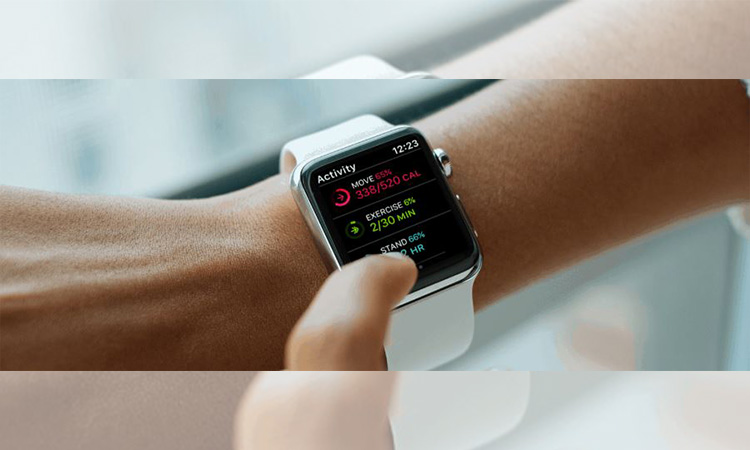
We know that Fitbit and other similar wearable products are quite successful. Because it provides an extremely convenient way to monitor the user’s progress during exercise or even throughout the day. It can track statistics. It includes the user’s heart rate, the number of calories burned, and the number of steps taken each day.
Most of the time, the Apple Watch is a source of information that people can tag quickly. Companies often use the watch to track customer data or view analytics instantly. Users can keep up with important news and view messages on this watch. It is one of its strengths and selling points. It is very popular with the public.
Wearable Technology Disadvantages: Limitations
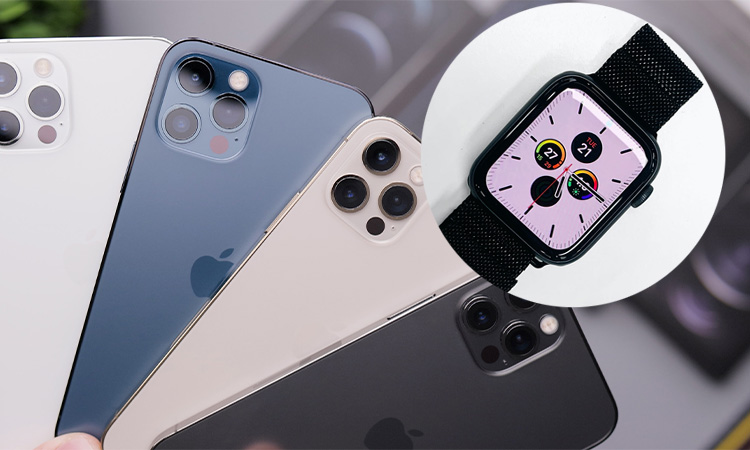
Most of the watches sold by Apple before existed for a specific purpose – an activity tracker. The watches were primarily used to monitor the health and vital characteristics of the user. The Apple Watch is different. It has few limitations, but its size and design inevitably limit it. Because of its small screen size and location, the Apple Watch is still not suitable for certain applications. These applications include extended web browsing sessions, phone calls, and more.
However, as smartphone technology continues to evolve, screens are getting bigger and bigger. The limited size of the Apple Watch also seems to limit it. However, it doesn’t seem to bother users so far. However, for this aspect, it may be that users have acknowledged and rationalized its limited functionality. It may not be a problem for some customers. But in the long run, the longevity of such devices compared to smartphones or smartphones could be problematic.
Benefits of Wearable Technology: Usefulness

According to a 2014 survey by Rackspace and Goldsmiths, we found a phenomenon. Employee productivity increased by 8.5% due to wearable technology, and overall job satisfaction increased by 3.5%. It has great growth potential. Wearable technology can accompany certain applications. It can even simplify a wide range of business processes.
Salesforce predicted that wearables in business applications would triple in 2016. It is believed that more companies will be adopting this technology today in 2022. Whether it will significantly improve performance, we don’t know. Whether it will change the landscape of the business world in some way remains to be seen. But in any case, it’s hard to ignore one fact. That fact is that people can use wearable technology to simplify the idea of being a part of many employees worldwide.
Wearable Technology Downsides: Expensive

The cheaper version of the earlier Apple Watch, the Sport, sold for around $350. Assuming you want the sleeker versions with stainless steel or leather straps, they are more expensive. Fitbit prices range from $100-$250, depending on features. Incredibly, Google Glass was selling for as much as $1500. Of course, whether these prices are reasonable depends on your financial level. And your love of technology products. But there’s no denying that wearable technology is limited in its capabilities compared to smartphones.
User attitudes determine how quickly it will be widely adopted. You can ask yourself. Would you pay $350 for a watch that can read the news? I wouldn’t. My smartphone with a clock and a calendar. I’m sure you have one too. I used to be intrigued by Google Glass because it seemed like it would change how I strangely interacted with the world.
Wearable Technology Benefits: Ideal for Chronic Conditions
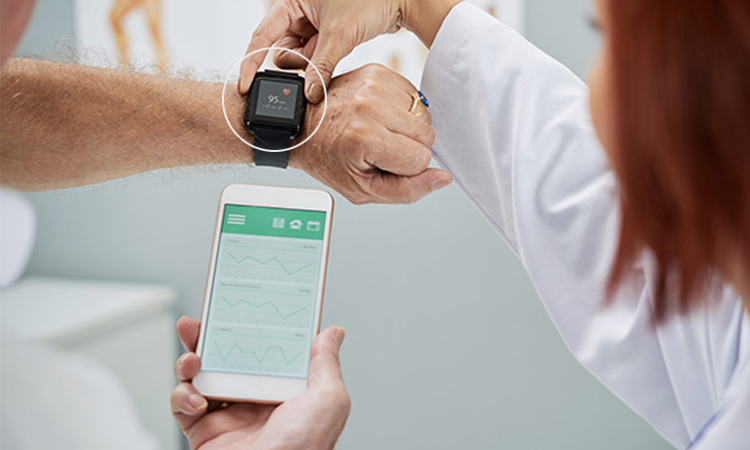
Wearable devices are suitable for people of all ages. But they may be even more valuable for patients with chronic conditions. These medical wearables can also monitor a patient’s health in real time. The data that people collect through them will be more helpful to doctors in treating chronic patients. It is believed that in the future, the use of these medical devices will become more widespread. It can move from a reactive to a preventive approach.
It can also be used as a complementary diagnostic tool. It is mostly used for the prevention of chronic diseases and daily management of diseases. These diseases include obesity, panic disorder, asthma, depression, etc.
Wearable Technology Disadvantages: Technical Errors.
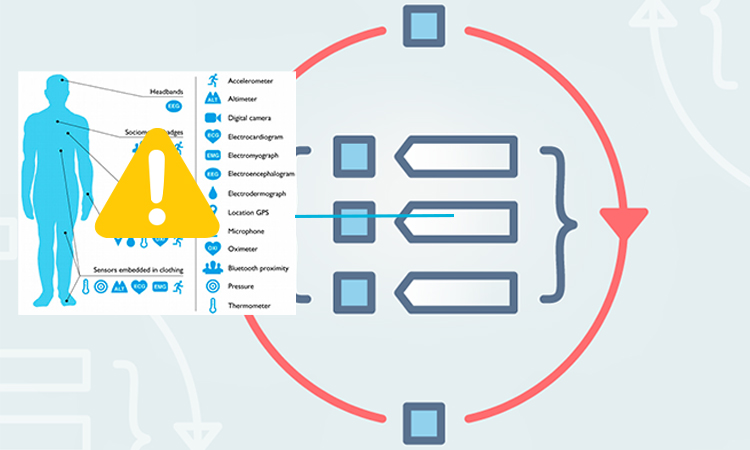
Wearable devices can cause significant variability in the data collected depending on the part of the body in which they are placed. Problems can also occur depending on the style and function of the device purchased. Inaccurate data can affect a doctor’s diagnosis of a patient’s symptoms. Medical errors can easily occur if the vital health statistics collected by these devices are inaccurate. The companies that manufacture these devices also can be held medically and legally responsible. The risk of inaccurate data needs to be addressed promptly to increase productivity.
On the other hand, most people believe that wearable devices are associated with health risks. Cancer is the best example. Cancer is caused by radiation coming into direct contact with the skin or prolonged proximity to vital organs. More, including headaches and other health problems, are associated with wearable devices. Yet these claims still lack substantial evidence. More detailed research is needed for people to get answers.
Benefits of Wearable Technology in Healthcare
The healthcare sector is particularly popular in the Internet of Things. People can realize the benefits of wearable technology in a variety of ways. Most people collect data primarily through wearable electronic devices. Such as ECG patches, cardiac garments, and smartwatches. This data includes personal health and exercise data. The next section focuses on some common wearable technology devices.
Wearable Fitness Tracker
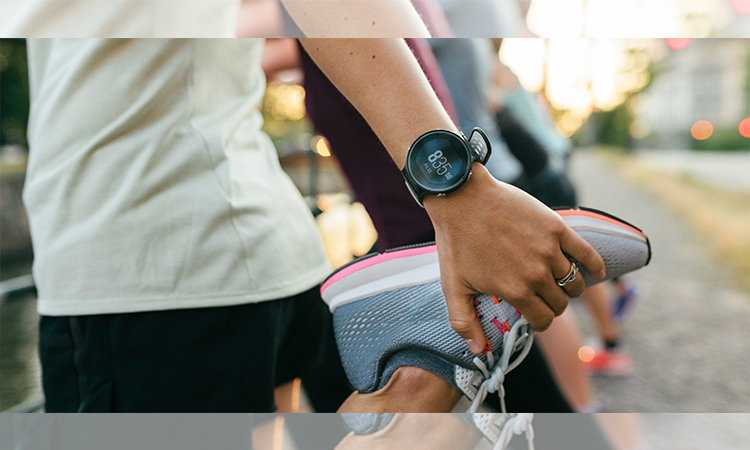
It is a wristband with sensors. It is a relatively primitive form of wearable technology.
It also tracks the user’s physical activity. People can use it with various smartphone apps and provide health and fitness advice to the wearer.
Wearable ECG Monitor
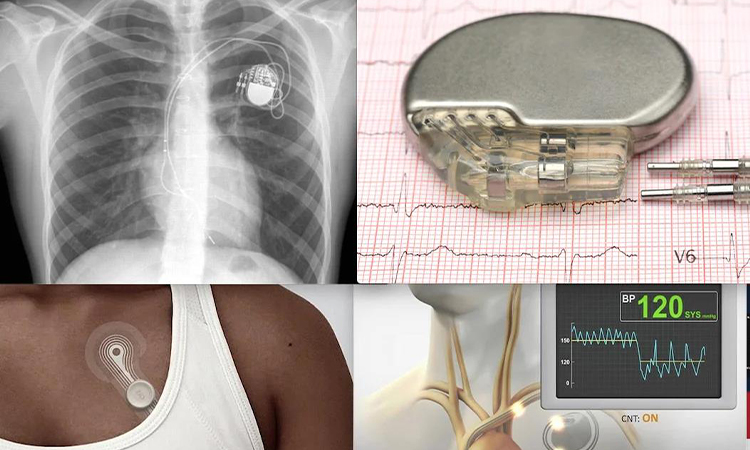
Wearable ECG monitors can monitor the ECG or electrocardiogram. It is where it differs most from some smartwatches. Move ECG monitors the user’s ECG and sends the data to the user and their doctor. It is also capable of detecting atrial fibrillation. It can also automatically track the speed, distance, and elevation of walking, running, and swimming.
The Future of Wearable Technology
The future is hard to predict, but what is clear is that the wearable technology market is expanding. Many global companies such as Apple, Samsung, Fitbit, and even Philips have entered the market. We can see many bright spots for the healthcare industry’s future. For example, Apple Inc. has managed to dominate the market by acquiring a health technology company. A typical example in the IoT device industry can be described as Philips’ medication dispensing service. It can automatically dispense medication in a dispensed cup.
We can see the progress through artificial intelligence and the interest of tech giants in wearable devices. There may be more benefits of wearable technology waiting to be explored in the future. It seems to be in a state of the boom. But to get more people to accept and adopt them. People must address issues such as security, privacy, and regulatory challenges.
About Benefits of Wearable Technology FAQs
-
What are the health benefits of wearable technology, such as fitness trackers and smartwatches?
Wearable technology can help individuals track their physical activity, monitor their health metrics (such as heart rate and sleep patterns), and receive real-time feedback to help them achieve their fitness goals.
-
How can wearable technology help individuals track and manage their physical activity and fitness goals?
Wearable technology can provide individuals with data on their daily activity levels, such as steps taken, calories burned, and distance traveled. This data can help individuals set and achieve fitness goals and monitor their progress over time.
-
What are the potential benefits of wearable technology in healthcare, such as remote patient monitoring and telemedicine?
Wearable technology can enable remote patient monitoring, allowing healthcare providers to monitor patients’ vital signs and health metrics from a distance. This can improve patient outcomes and reduce healthcare costs. Wearable technology can also facilitate telemedicine, allowing patients to receive medical care and advice from the comfort of their own homes.
-
How can wearable technology improve workplace safety and productivity?
Wearable technology can provide workers with real-time data on their physical activity and exposure to hazards like noise and air pollution. This can help employers identify and mitigate potential safety risks and improve productivity by optimizing work processes.
-
What role can wearable technology play in improving mental health and well-being?
Wearable technology can provide individuals with data on their stress levels, sleep quality, and other factors affecting their mental health and well-being. By tracking and analyzing this data, individuals can make lifestyle changes and seek support to improve their mental health.
-
How can wearable technology enhance the sports and fitness industry, such as improving athlete performance and injury prevention?
Wearable technology can provide athletes and fitness enthusiasts with real-time data on their performance, such as heart rate, speed, and power output. This data can be used to optimize training programs, prevent injuries, and improve overall performance.
-
What are the benefits of wearable technology for personal safety, such as emergency alerts and location tracking?
Wearable technology can provide individuals with emergency alerts and location tracking, allowing them to summon help in an emergency quickly. This can be especially useful for people who live alone or participate in outdoor activities.
-
How can wearable technology improve accessibility for people with disabilities?
Wearable technology can provide people with disabilities with assistive technologies like hearing aids and prosthetics. Wearable technology can also facilitate communication and mobility, allowing people with disabilities to participate more fully in society.
-
What are the environmental benefits of using wearable technology, such as reducing waste and energy consumption?
Wearable technology can be designed to minimize waste and energy consumption, such as by using renewable energy sources and biodegradable materials. This can reduce the environmental impact of electronic devices and promote sustainability.
-
How can wearable technology improve individuals’ overall quality of life, such as by increasing convenience and reducing stress?
Wearable technology can provide individuals with convenient access to information and services, such as notifications, maps, and messaging. This can reduce stress and improve the overall quality of life by streamlining daily activities and reducing cognitive load.








